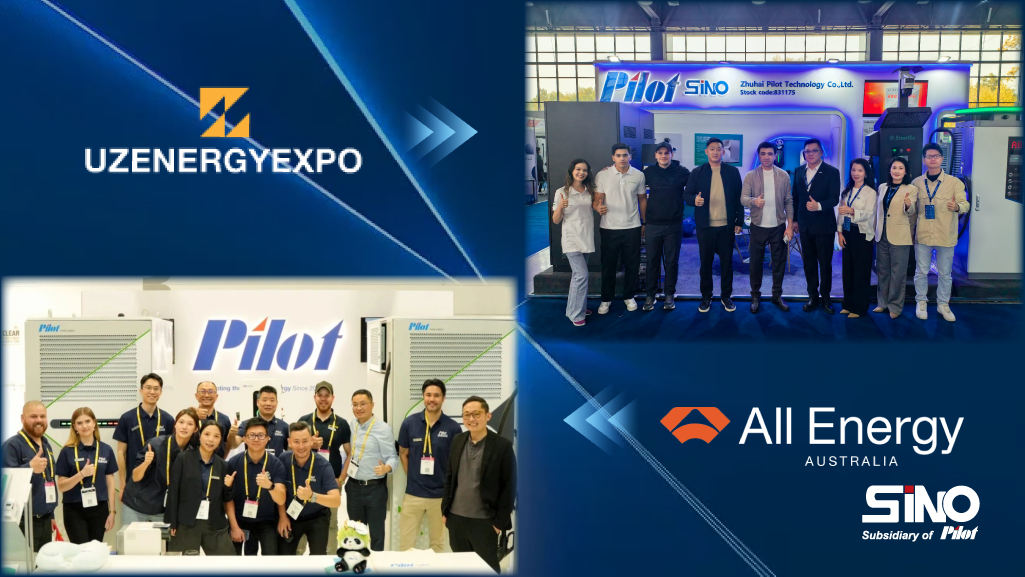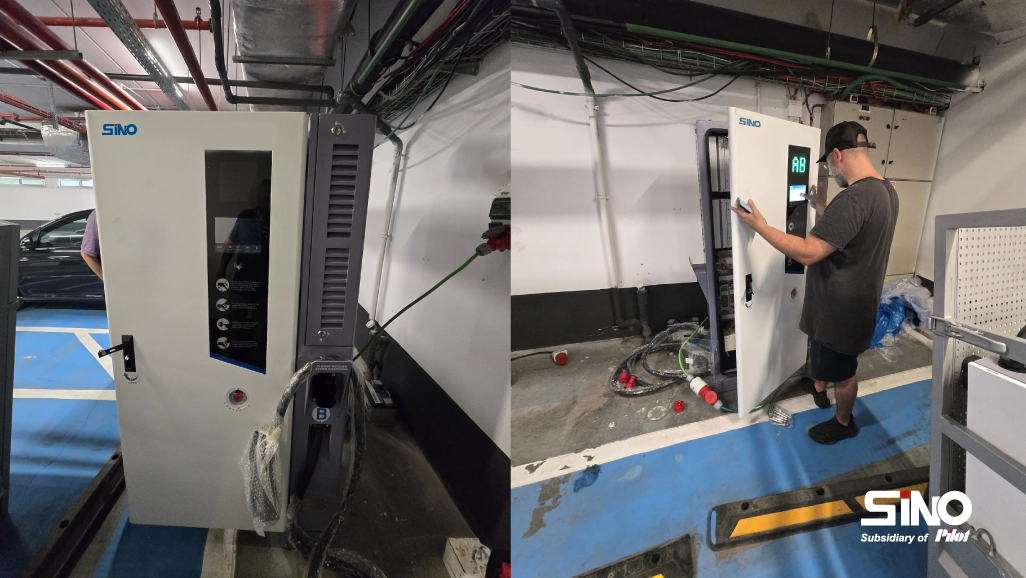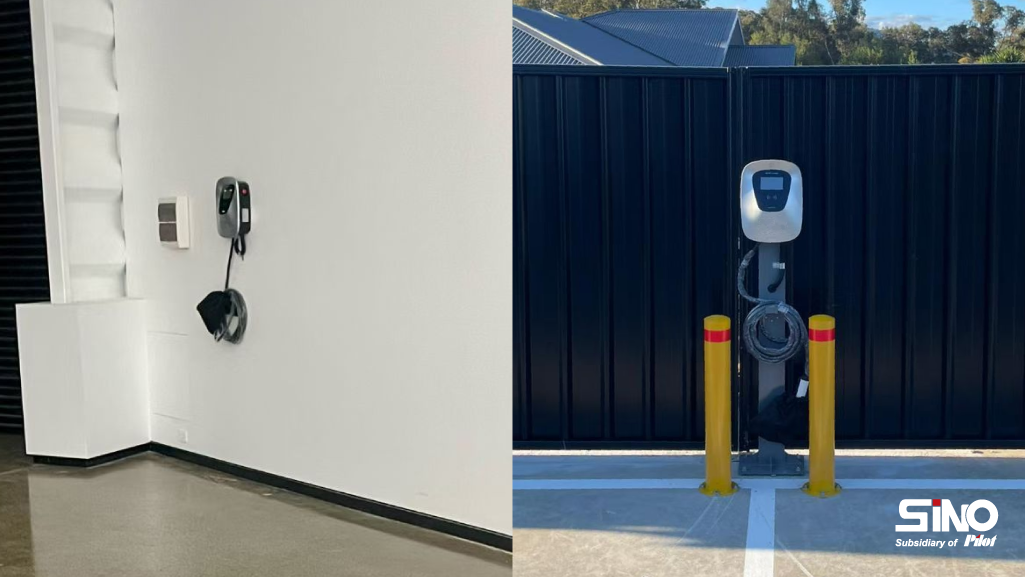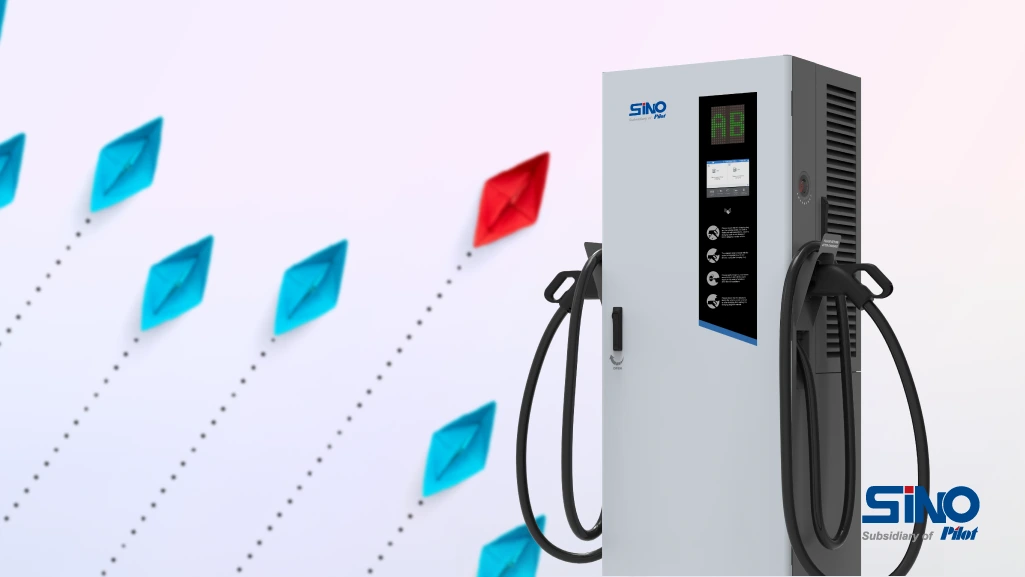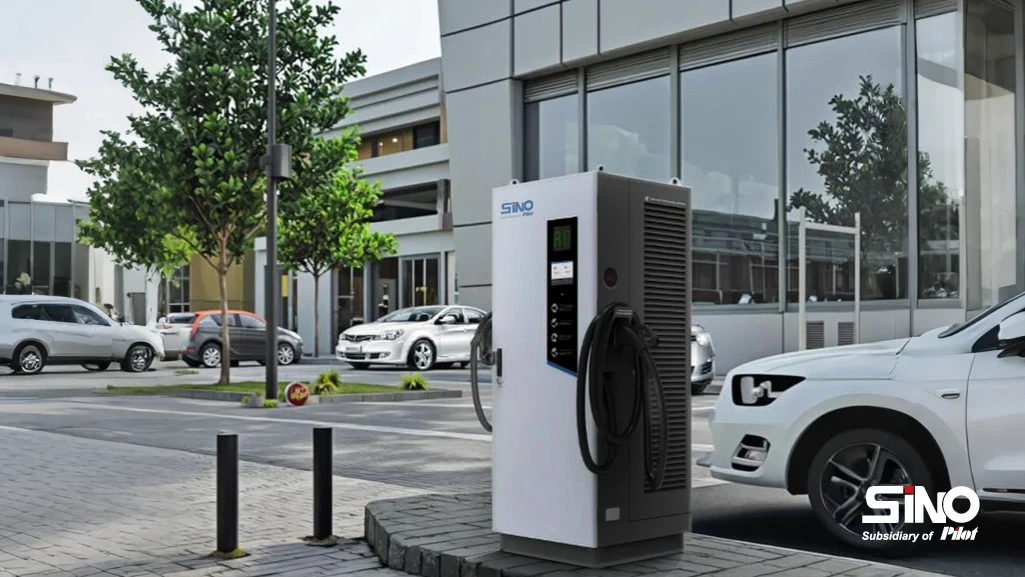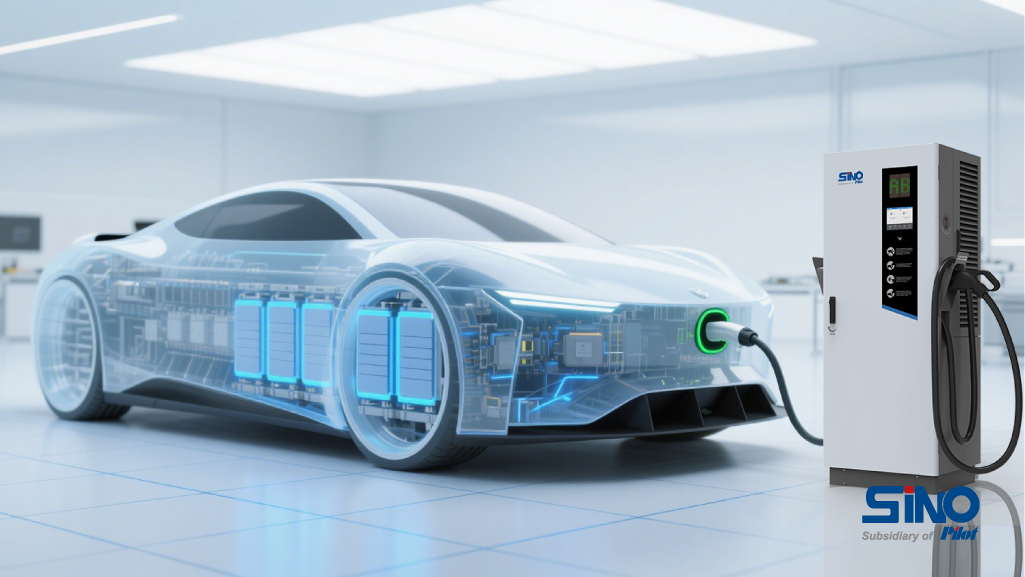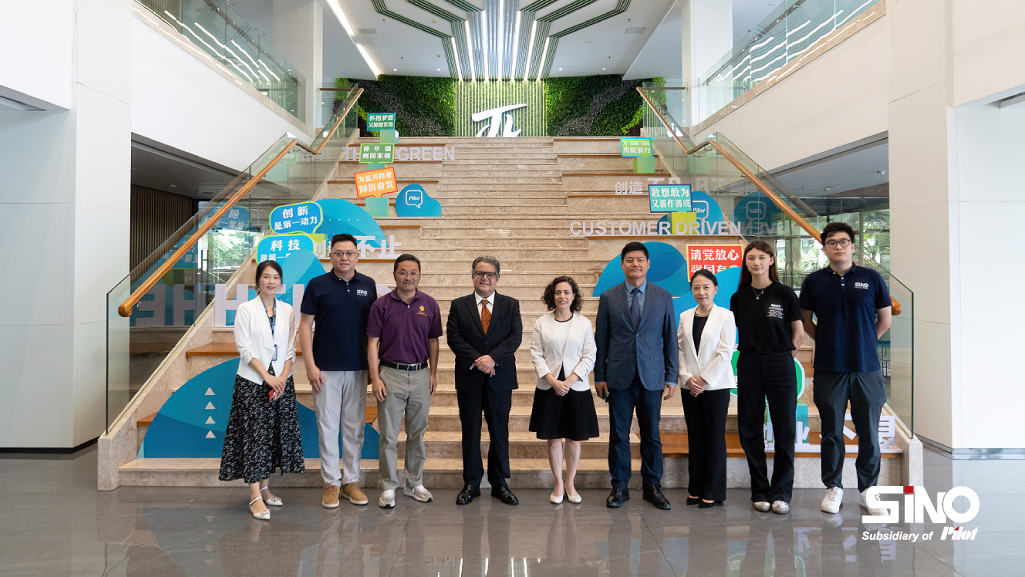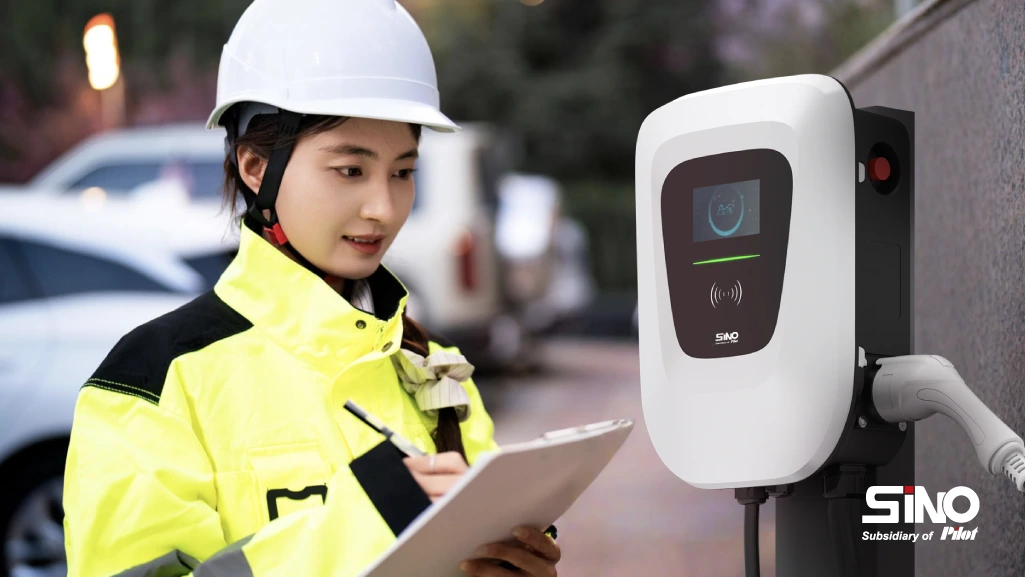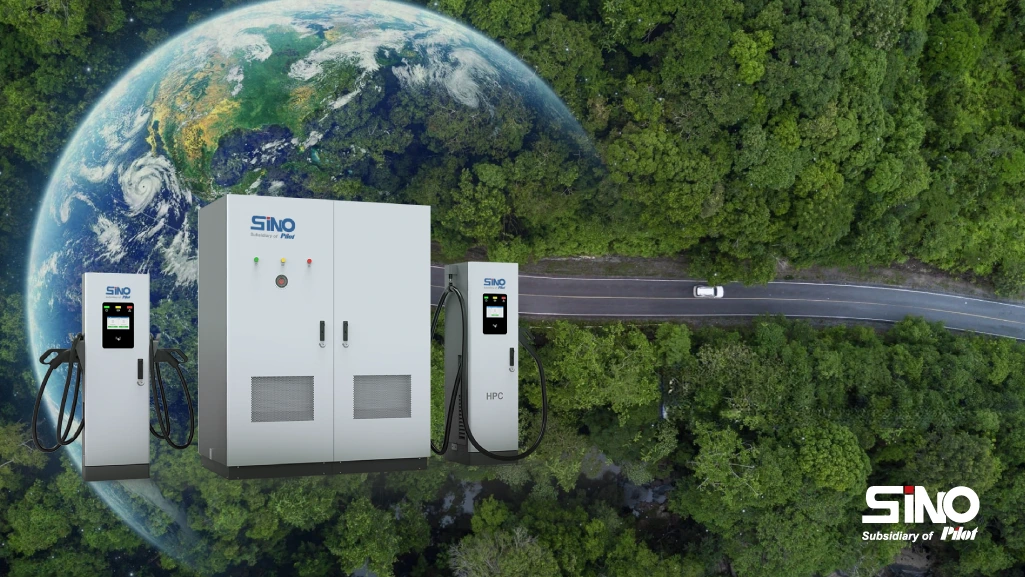New energy vehicles has prompted the industry of EV charging stations to become a hot topic. The future of the charging station industry is full of opportunities, fierce competition but unlimited potential.
As an important supporting facility for new energy vehicles, EV charging stations have broad market prospects, mainly due to the following factors:
-
The rapid growth of the new energy vehicle market:
Sales Data by International Energy Agency:
Global electric vehicle sales are set to rise by more than a fifth to reach 17 million this year, powered by drivers in China, according to the International Energy Agency. The surging demand for EVs over the next decade was set to remake the global auto industry and significantly reduce oil consumption for road transport.
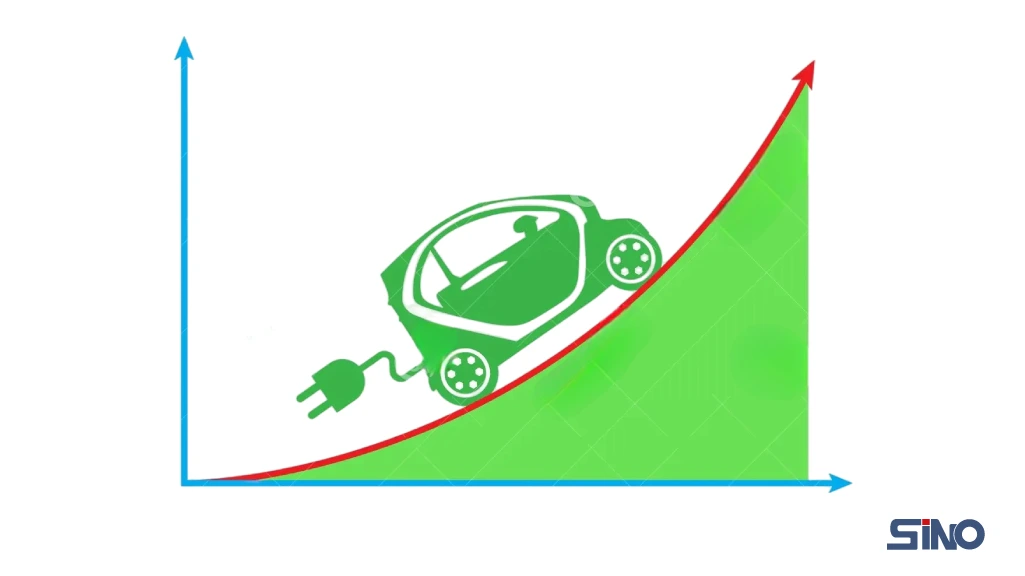
Sales Data expected:
It expects half of all cars sold globally to be electric by 2035, up from more than one in five this year, provided charging infrastructure keeps pace. The IEA includes battery electric vehicles and plug-in hybrid vehicles in its definition of EVs.
-
Policy support:
Fiscal Incentives from gorventment:
Significant fiscal incentives spurred the initial uptake of electric light-duty vehicles and underpinned the scale up in EV manufacturing and battery industries. The measures – primarily purchase subsidies, and/or vehicle purchase and registration tax rebates – were designed to reduce the price gap with conventional vehicles.
Convenient and affordable publicly accessible chargers will be increasingly important as EVs scale up. To help address this, governments have provided support for EV charging infrastructure through measures such as direct investment to install publicly accessible ev dc fast charging stations or incentives for EV owners to install charging points at home. In some places building codes may require new construction or substantial remodels to include charging points, for example in apartment blocks and retail establishments.

Efforts from mulnicipality and government:
Efforts by cities to offer enhanced value for EVs has encouraged sales even outside of urban areas. Such measures include strategic deployment of charging infrastructure, and putting in place preferential/prohibited circulation or access schemes such as low- and zero-emission zones or differentiated circulation fees.
The Chinese government attaches great importance to the construction of charging infrastructure and has introduced a series of supporting policies. For example, on June 20, 2023, The General Office of the State Council issued the Guiding Opinions on Further Building a High-quality Charging Infrastructure System, proposing that by 2030, China will basically build a charging infrastructure system with extensive coverage, moderate scale, reasonable structure and complete functions.
-
Technological progress:
The EV’s incorporation into the grid results in power fluctuations, congestion, and other consequences for the distribution system. The power system operators face many challenges for fault analysis and clearance of the system. Future research focuses on the enhancement of charging infrastructure with included facilities like smart metering, power flow management , and communication between the grid and EVs. These factors should also be considered for the charging station.
Some of them are the area of EV parking in the charging station, demand estimation of charging station, permissible voltage and power level at PCC, and power allowable for charging EVs. Thus, the research should also focus on optimization techniques, sizing calculation of charging stations, demand management, and enhanced cost analysis.
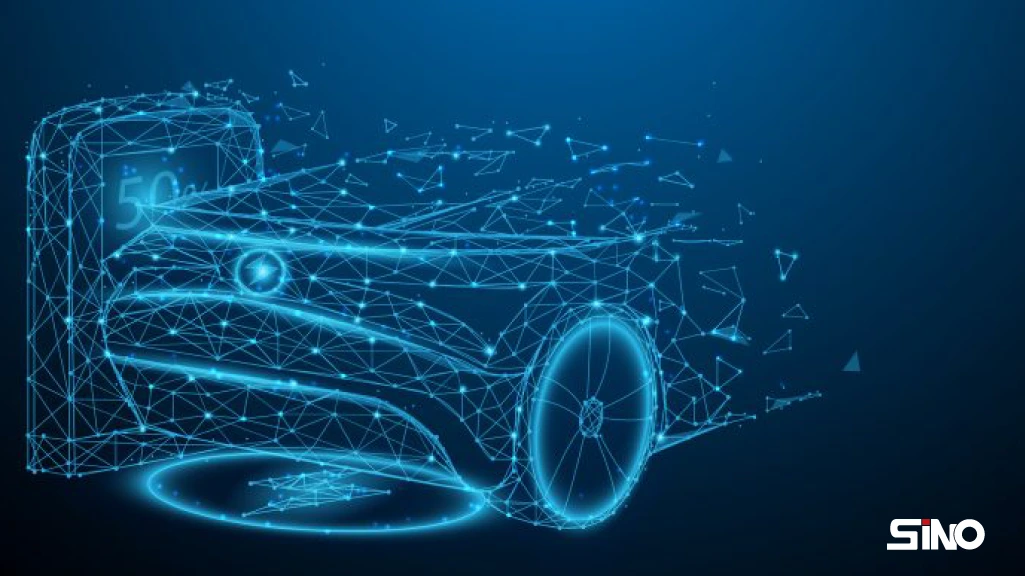
The design and technology of charging stations are constantly improving to meet the needs of different scenarios and electric vehicle users. For example, the development of new technologies such as wireless charging technology , high-power charging, and intelligent and orderly charging has provided more possibilities for future charging solutions.
-
Market-driven:
Increasing consumer awareness and acceptance of electric vehicles, driven by environmental consciousness and government incentives, have led to a surge in demand for reliable and efficient charging infrastructure. Advancements in battery technologies further enhance the appeal of electric vehicles.
The shift towards electric vehicles as a sustainable and eco-friendly mode of transportation is a pivotal catalyst. Governments worldwide, recognizing the need to reduce greenhouse gas emissions, are steering the automotive industry through a transformative shift, making electric vehicle chargers indispensable infrastructure.
With the gradual stability of the market pattern and the maturity of the manufacturer’s profit model, the construction of charging stations is gradually shifting from subsidy driven to market-driven. The rapid growth of private charging stations shows the increasing market demand for personal charging facilities, indicating that the charging infrastructure is gradually shifting from dependence on government subsidies to more market-driven maturity.
-
Improvement of the industrial supply chain of EV charging:
Suppliers that aren’t ready to meet the challenges that rising EV adoption will bring could present a risk to automobile manufacturers at the same time as their own business is evolving. It would be wise for OEMs to future-proof their supply chains to determine if key suppliers are taking the necessary steps to maintain their place as valuable partners in a changing world.

The industrial chain structure of China’s charging station industry shows the characteristics of division of labor and cooperation within the industry. With the rapid development of the market, the roles and functions within the supply chain are changing. Through technological innovation, service optimization and cross-border cooperation, enterprises of all links jointly promote the development of China’s charging station industry to a more efficient, smarter and greener way.
-
Innovation of business model and structures:
The business model of China’s charging station industry continues to evolve with the development of the market and the progress of technology, forming a variety of models including operator-led, car-enterprise-led, third-party and state-owned enterprises. These models cover the whole chain from charging facility construction to service provision, reflecting the diversified profit mechanism and cooperation model in the industry.
-
Market demand overseas:
With the enhancement of overseas environmental awareness, the new energy vehicle market has ushered in an outbreak, and the overseas charging station market demand has continued to rise. EV charger manufacturers in china are expected to rely on technology and cost advantages to enjoy sea dividends and win market volume dividends.
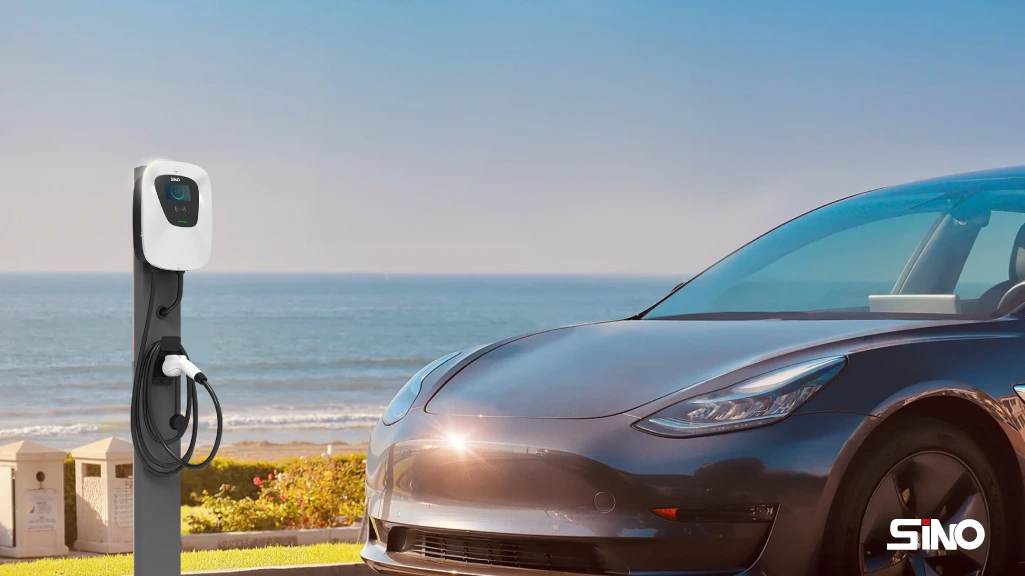 Conclusion
Conclusion
The automobile charging station industry is expected to continue to maintain the momentum of rapid development under the multiple impetus of market demand, policy support, technological progress, industrial chain improvement, business model innovation and overseas market demand. With the rapid development of technology, charging stations will become more intelligent and eco-friendly, and become an important infrastructure to promote the development of the new energy automobile industry, providing more convenient and efficient services for car owners.
Our Social
Facebook: www.facebook.com/sinoevc
Instagram: www.instagram.com/sinoevc
Linkedin: www.linkedin.com/company/sinoevse
Youtube: www.youtube.com/@sinoevc
Twitter: www.twitter.com/sinoevc

View Sino Energy Technology“Charging for A Better Life”
—Zhuhai Sino Energy Technology Co.,Ltd





